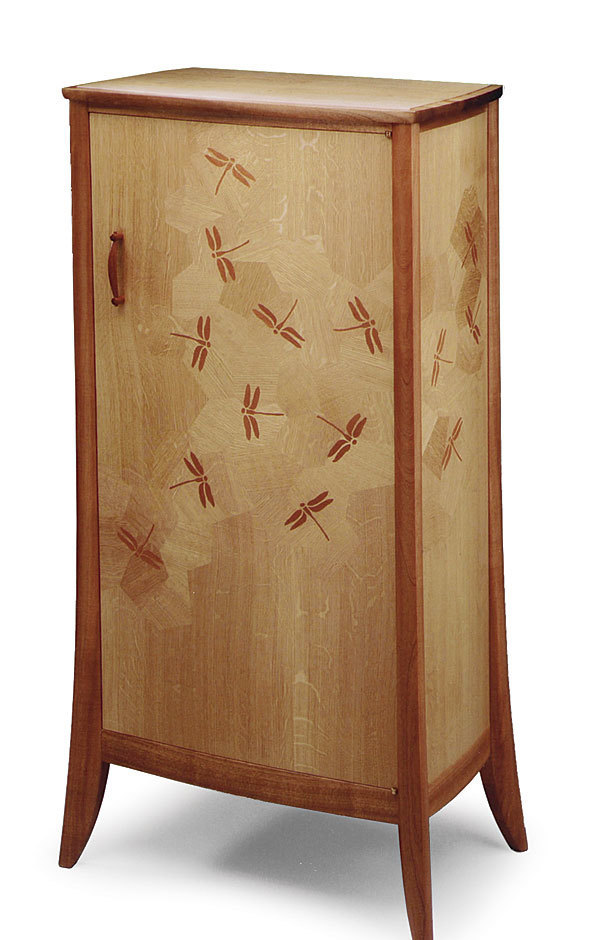This week’s Made You Look post is a little different. I’m almost positive I was the first to follow Tim Coleman on YouTube, and I’m always excited when I see a new video from him. Tim’s videos feel like he left the shop door open and you wandered in just in time to see something extraordinary.
But sometimes a video leaves you with more questions than answers. Thankfully, this video is a different take on an article Tim wrote a few years ago, and double thankfully, I have Tim’s email address and can ask him annoying questions!
In this video, you’ll witness Tim creating a substrate out of staves of lumber between two sheets of 1/16-in. plywood, creating a strong base for veneer later on. As Tim packed the staves into the packet, and then into the vacuum bag, I noticed they weren’t glued together. How can this be? So I dug through his articles on the website and read up on his lumber core process. Spoiler alert—he glued the staves together! What gives? Why the flip-flop? I asked Tim if he only glues the staves for curved panels. His reply:
“Staves are glued together when I need to shape them, as you noted. Otherwise, they are not glued. In the curved panels, there is minimal glue, just enough to keep things together. Plus, the staves are ripped on the bandsaw which adds to the gaps between each stave.”
So there you go. Enjoy this glimpse into Tim’s process. Also, worry not, we’ve been talking with Tim about getting going on a project video soon, so you’ll be seeing a lot more of his work around here soon!
 |
Curved doors, simplifiedVeneer over solid staves is the key to success |
-Made You Look are videos that we’ve found on the web that we thought were worth sharing with our audience. Let us know if you find anything you think is worth a look in the comments below!

























Comments
I have do like my 4-year-old and ask yet another why - why aren’t the staves glued together when the staves won’t be shaped? Is it just because it’s not necessary so why bother, or is there a technical reason why they should not be glued? Thanks!
Valid! I don't want to answer for Tim, but as I understand it, it allows everything to move independently so you're dealing with tiny bits of wood movement instead of the sum of the parts.
Makes sense to me. Thanks Ben!
Log in or create an account to post a comment.
Sign up Log in